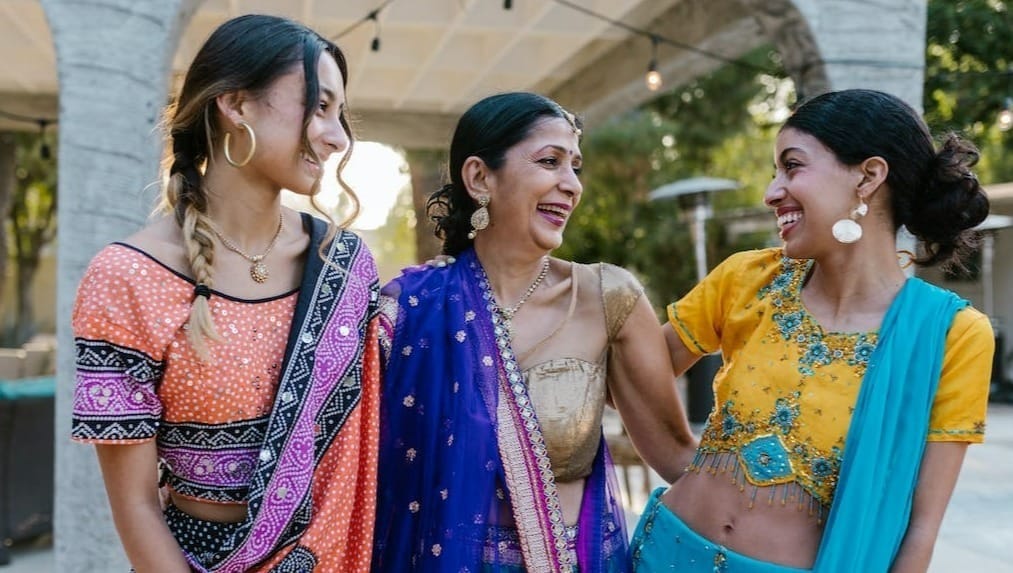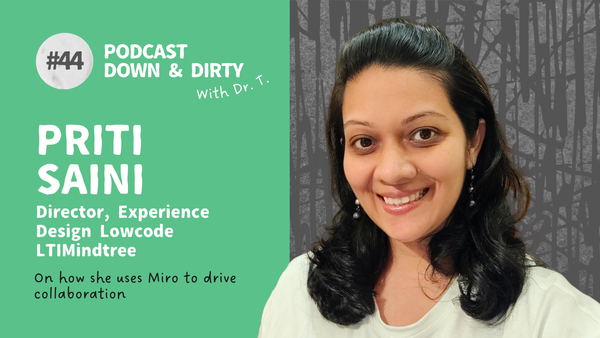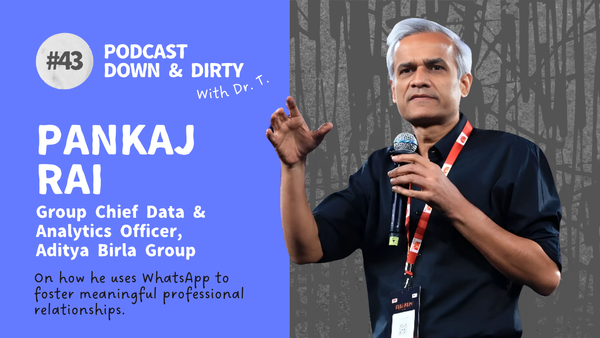🪄What did recruitment outreach across two cities teach me about “culture”?
Observing buyer behavior can sometimes lead to overlooking socio-cultural factors, which are crucial influences on consumers' choices.

Written by Tarushi Mohan
Observing buyer behavior can sometimes lead to overlooking socio-cultural factors, which are crucial influences on consumers' choices. They can shape why or why not certain solutions are adopted, how people choose to interact with brands, and what they value from a brand experience.
The subtlety of socio-cultural influences can make them challenging to identify in consumer behavior analysis. Additionally, unconscious biases and limited perspectives can hinder a comprehensive understanding of how culture impacts buying choices. Focusing solely on demographics can also miss the deeper cultural values and beliefs that play a significant role.
To avoid these pitfalls, it is essential to approach buyer behavior analysis with cultural sensitivity and an open-minded perspective.
- Researchers and marketers should invest in in-depth research into the target market's culture, values, traditions, and behaviors. This might involve ethnographic studies, surveys, or interviews to gain a more nuanced understanding of how socio-cultural factors influence consumer choices.
- Adopting a multidisciplinary approach that draws insights from fields such as anthropology, sociology, and psychology can provide a more comprehensive view of external influences.
- Staying updated on cultural trends and changes is also vital to ensure that observations and marketing strategies remain relevant and effective.
I had the opportunity to conduct a cultural analysis project for a luxury brand, focusing on two distinct cities: Ludhiana and Chennai. It was a fascinating experience to engage with women from these diverse cultural backgrounds and explore their perspectives on different things. Growing up in Lucknow and all set to marry a Telugu, this opportunity to deep-dive into the North and South Indian cultures felt particularly meaningful to me.
Cultural nuances popped up throughout my research journey in the two cities, from recruitment efforts to the type of data I collected and finally the kind of personas that emerged. I’ll focus on recruiting for this exercise.
Establishing trust was a non-negotiable factor impacting my recruitment efforts in both cities. This included providing evidence of my legitimacy, including references to my team and personal information. The Chennai women I spoke to needed a clear understanding of the study's purpose and my background before they considered participation.
In Ludhiana’s context, women were generally hesitant to engage with strangers, including other women, due to concerns about security. Many perceived my outreach as a potential scam and were quite vocal about their suspicions, with some even referencing a Netflix show about phone scams. Despite my varied approaches to reassure them, convincing them of the authenticity of our study proved difficult.
What worked in Ludhiana’s case was collaborating with the brand's store managers, who helped us reach potential participants. We also relied on personal referrals from people who had already agreed to participate, using snowball sampling again.
Why this matters:
Post conducting this research, I developed a better understanding of how brands can crack a new customer base.
From Chennai, I learnt that for a brand that is not inherently “South Indian” or “North Indian” to make its place in that market, they need to appeal to the sensibilities of these women. Altering their overall brand image to suit the aesthetics of a particular culture or city is likely to result in higher acceptance.
What Ludhiana taught me was that personal references go a very long way when it comes to trusting a new brand. Recommendations from close or reliable sources encourage these women to at least give it a shot instead of completely dismissing a new brand.
As a whole, my experience of tackling the socio-cultural context of a buyer’s journey head-on taught me valuable lessons about communication, trust-building, and checking my assumptions at the door! Most importantly, it made me more sensitive to socio-cultural specificities that could be critical in the research process.
Cover photo by: RDNE Stock Project



